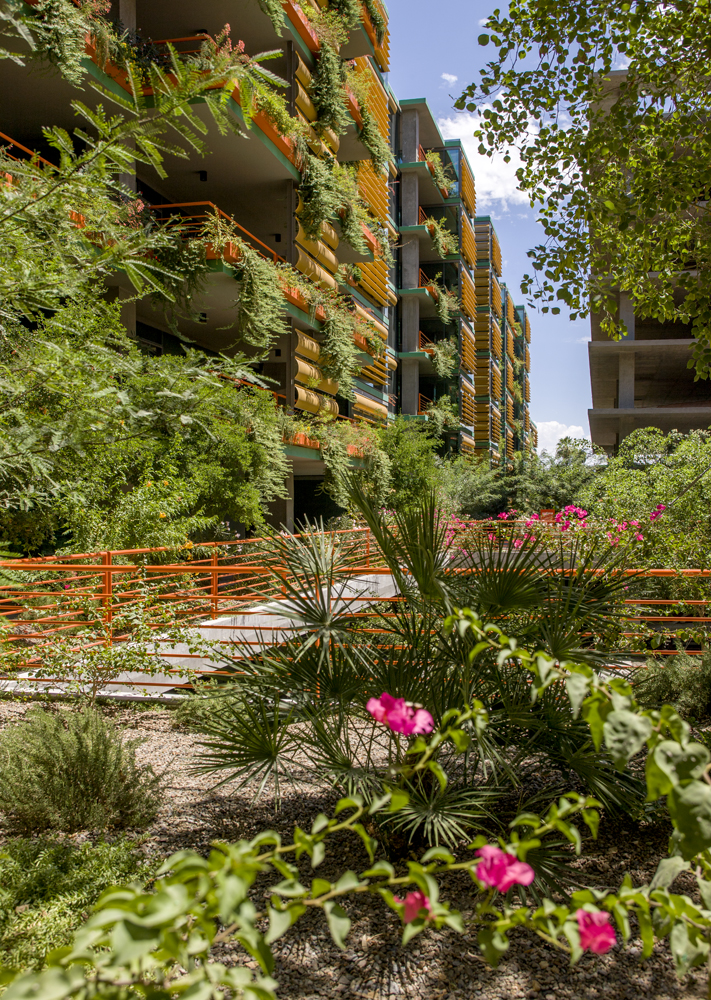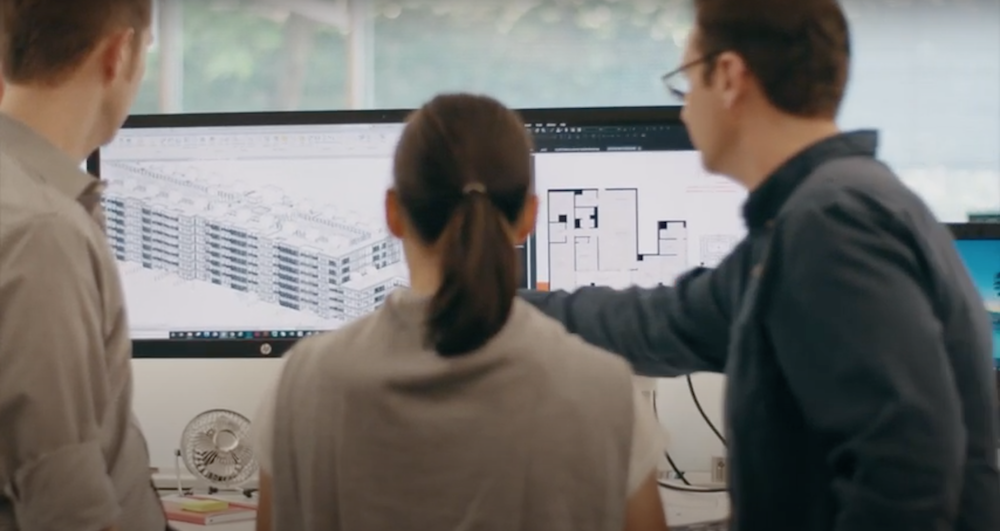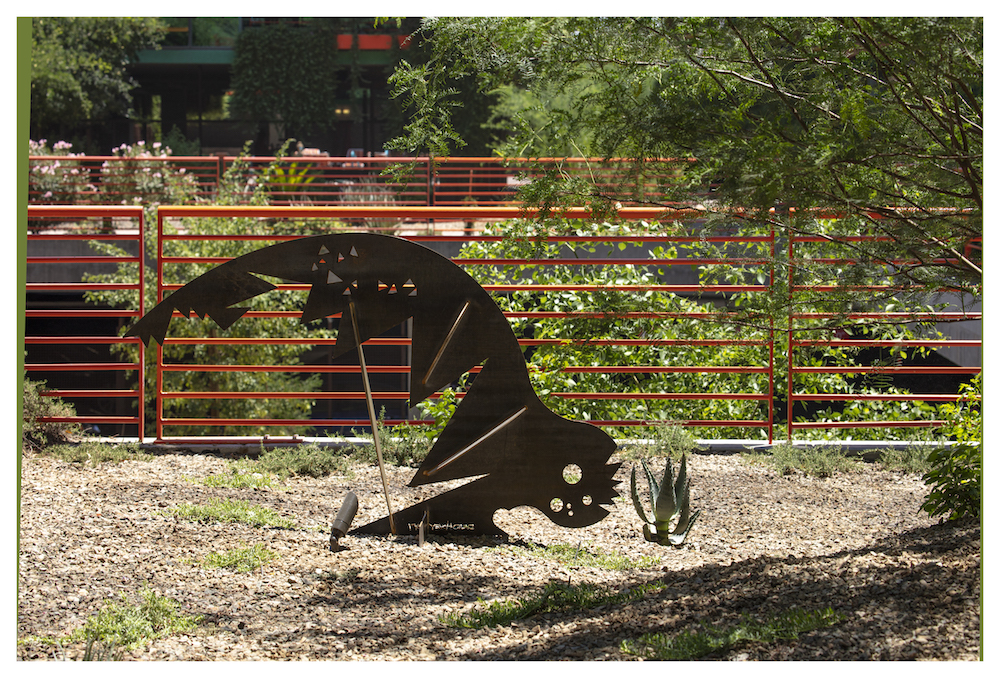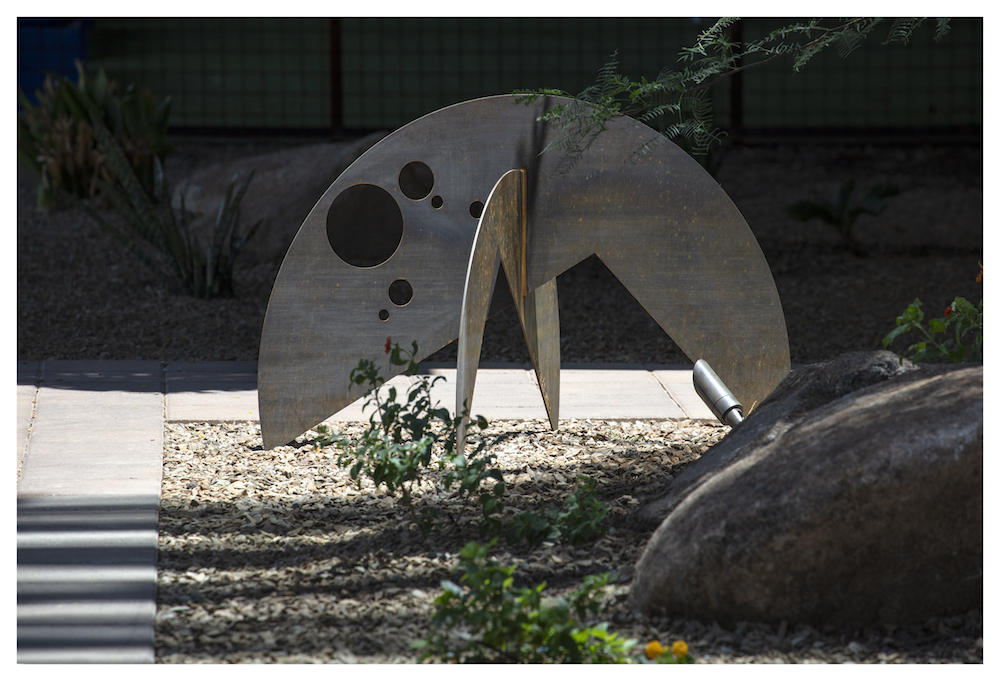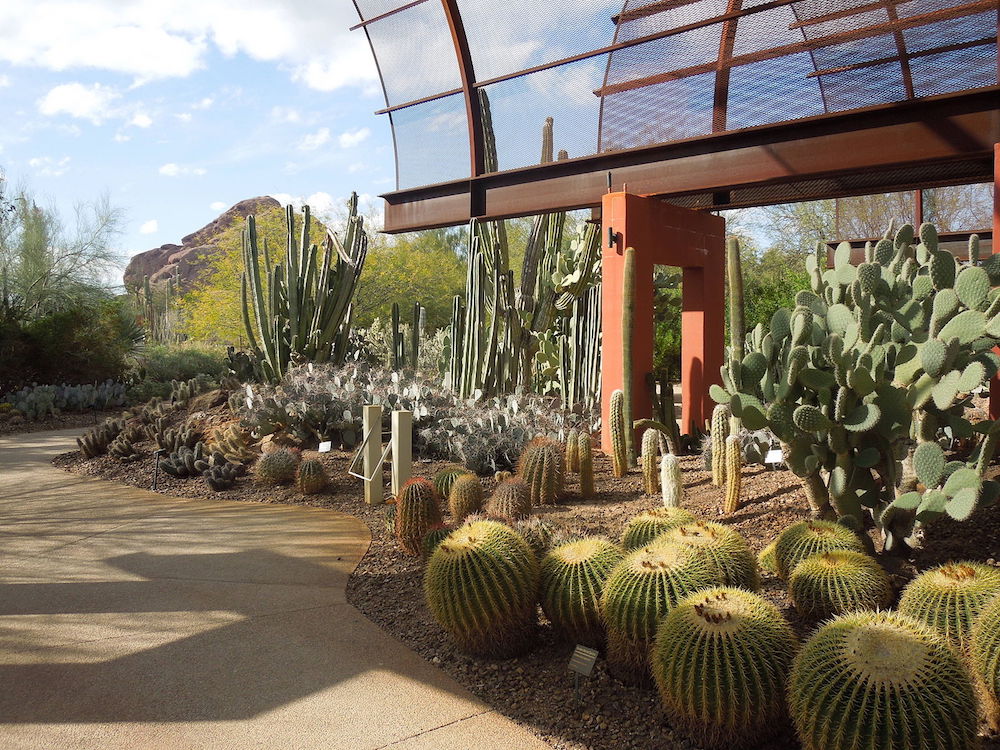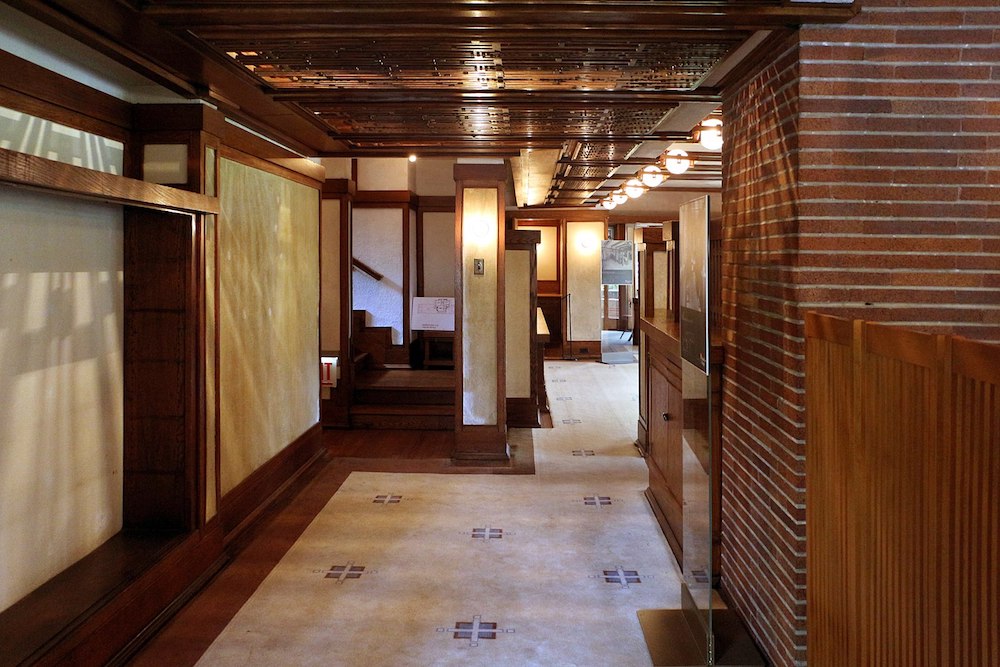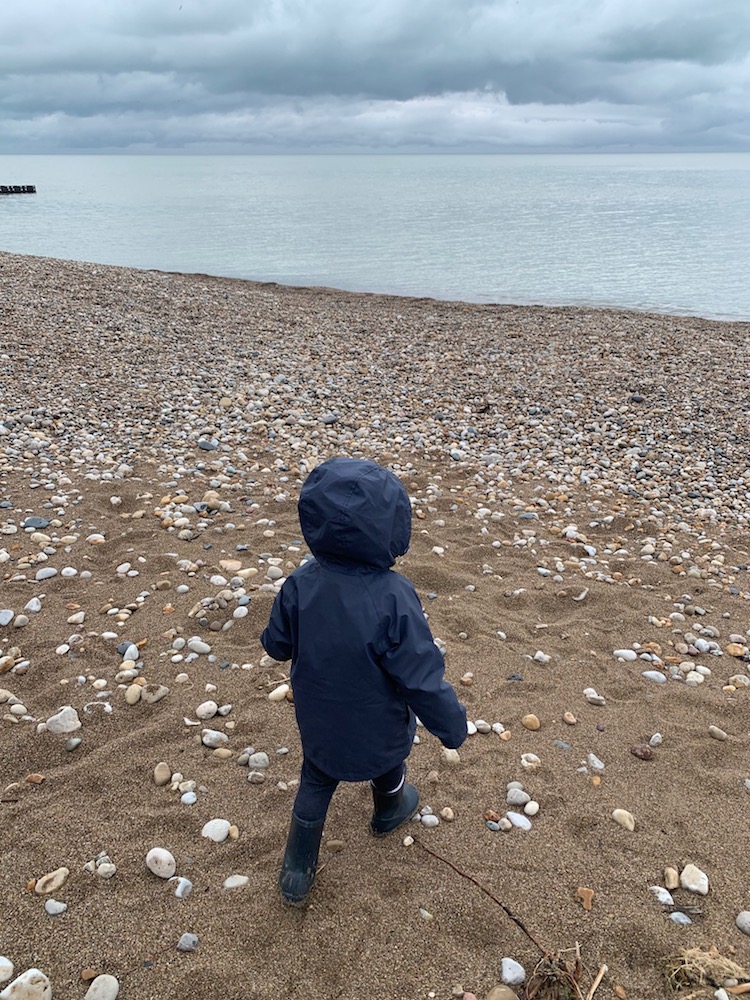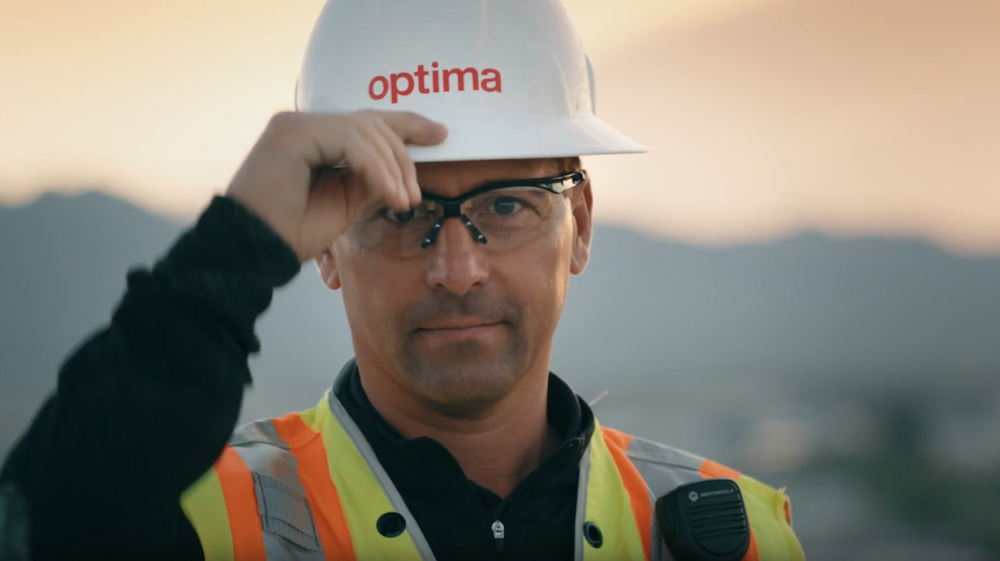Landscape design is an integral part of our communities, from our signature vertical landscaping system to intentionally designed sculpture gardens. Each element in our terraces, courtyards and gardens is placed with careful consideration for the aesthetic, function and enjoyment of our residents — inspired by the thought and evolution of centuries of landscape design that came before us. Today, we’re diving deep into that history of landscape design to understand where the craft came from, and where it’s at today.
Ancient Origins of Landscape Design
At the core of landscape design’s history is agricultural development. Beauty and aesthetic function evolved from there, with ancient Japanese gardens designed to facilitate meditation and spiritual connection and ancient Chinese gardens designed as both reflective and social spaces. The two marked features of landscape design are softscaping, utilizing living elements such as trees and flowers, and hardscaping, utilizing non-living additions such as water features, paths, statues and patios. In Japanese gardens, water features were often incorporated in hardscaping while in Chinese gardens, the plants in softscaping often had symbolic, spiritual meaning.
Popularization of Landscape Design
Despite these ancient origins likely dating even further back, the earliest recorded example of landscape design is said to be the Hanging Gardens of Babylon from the 6th century BC. Even then, landscape design isn’t said to have been popularized until it reached the ancient Romans. Their accreditation for the landscape design’s rise is due in part to the fact that they transformed it from something only done for the elites to a practice applied in every home garden.
From the ancient Romans, landscape design lost momentum during the Middle Ages and was rediscovered by Italy, France and England, respectively, in the 17th century, and was applied to elaborate piazzas, ornate gardens, large parks and even Versailles. The 17th century also saw the rise of cottage-style landscape design, a compact form of gardening that would eventually serve as inspiration for modern day suburban landscaping.
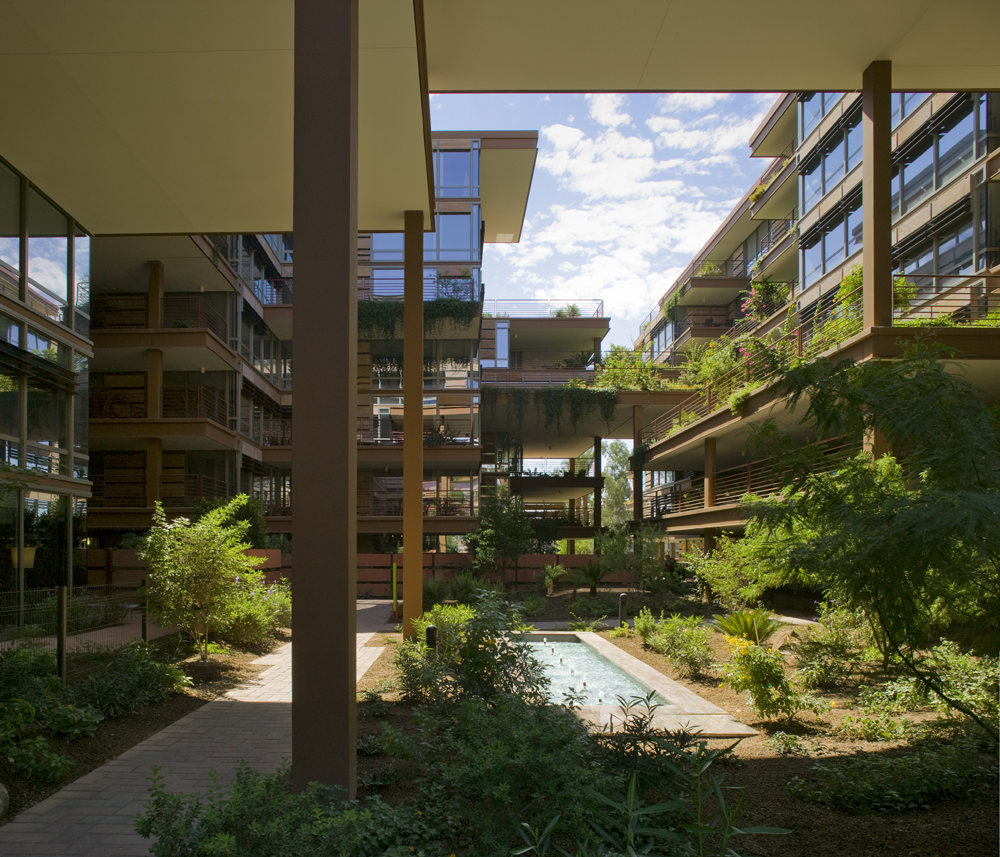
Landscape Design in the US Today
In the late 19th century, Frederick Law Olmstead became known as the “Father of American Landscape Architecture.” His aesthetic incorporated sweeping lawns into building design, influencing the US Capital, Central Park in NYC and city planning in Chicago and Cleveland. In 1988, Olmstead founded the American Society of Landscape Architects and classes in the field began to be offered at Harvard in 1900.
Between evolving urban and suburban landscapes, people’s desire for increased, organized greenspace led to the development of highly evolved outdoor landscaping, gardens and living spaces. The landscape design at Optima reflects this highly evolved trend, incorporating terraces, courtyards, green rooftops and gardens to provide our residents with ways to connect their living spaces with the natural world.
You can learn more about the landscape design at Optima in our green space spotlights on Optima Kierland Center and Optima Sonoran Village.
